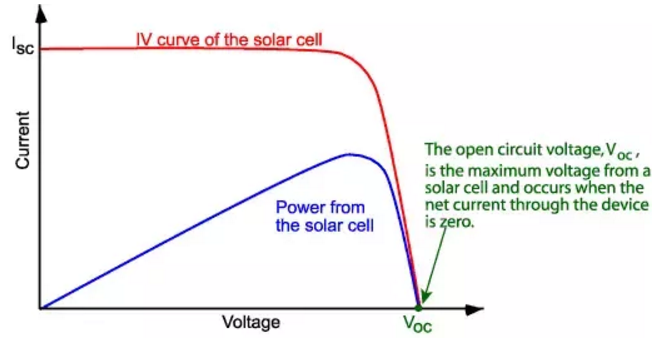Maximum Power Point Tracking (MPPT) is a technology approach used in solar PV inverters to optimise power output in less-than-ideal sunlight conditions. Most modern inverters are equipped with at least one MPPT input. The below article – which originally appeared as a response by Bradley Detjen to a question on Quora.com – explains MPPT using the most apt metaphor we’ve yet seen, so we thought it would be useful to share it with our readers.
An MPPT tracker is analogous to a thumb placed over a garden hose. If you put your thumb over part of the opening of the hose (adding resistance to the circuit), the pressure (voltage) goes up and the stream flies faster, but less water (current) is getting through. If you completely cover the opening, nothing gets through. If you remove your thumb entirely, the maximum flow rate gets through, but the stream falls limply at your feet. That’s the basic mechanism of the MPPT tracker: vary the resistance in the circuit to modify current and voltage.
Now imagine that there are hundreds of pumps (solar panels) upstream of the hose and they are delivering water (energy) to you. Further complicating things, some of these pumps go offline at certain parts of the day (partial shading of the array). So the force behind the delivery of water will be constantly varying.
Your task is to wash your car, which is sitting still about 15 feet away. You need to keep moving your thumb as the upstream pump force varies in order to avoid undershooting or overshooting the car. The “car” in this case is the Maximum Power Point – for any array of solar panels, there is a configuration of current and voltage that aligns with maximum power generation:

The MPPT tracker varies resistance in order to keep hitting this point, using control logic to stay at the maximum just like a thermostat or cruise control.
- How does maximum power point tracking (MPPT) work? - 12 July, 2023
Thank you for this very easy to understand explanation of the function of a MPPT regulator